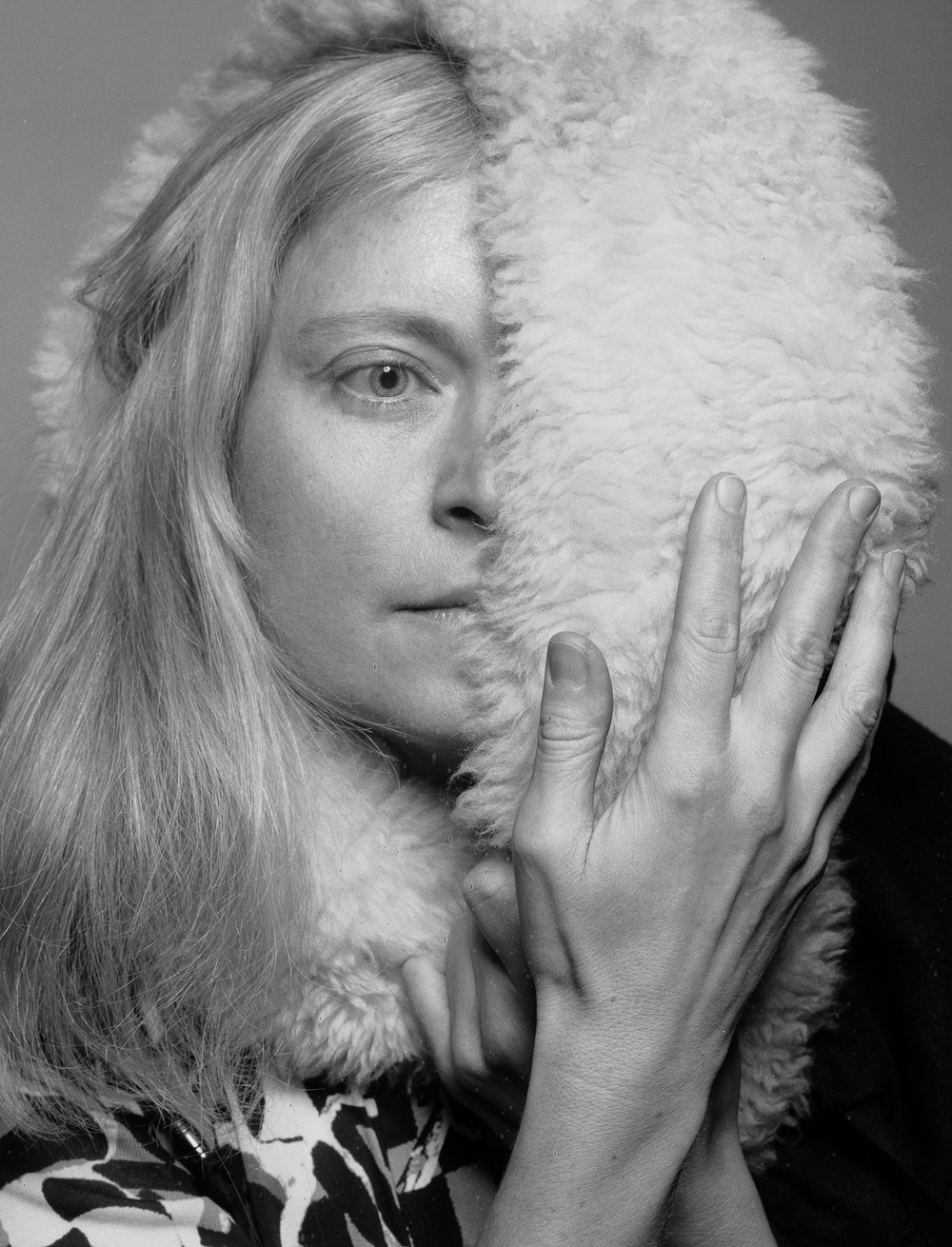
Click Here For Close-Up Fragments Of Some Of These Pictures
what is your name?
My name is Irene Caesar.
how would you describe what you do?
I am a provocateur and saboteur, a gadfly that stings the eyes and tongue of the fat eagle, owl and goat.
I specialize in ideological diversions and subversions in the form of absurd performances which I document by photography, and by other visual and verbal means.
These absurd performances put to the test the major concepts of human civilization, both esoteric and exoteric, mystic and market-place, from the masses and the elite, covert and mass-advertised.
what are you currently working on?
I am writing a book which will represent my recent project “A New History of Ideas in Pictures” in the context of the ideological struggle between the major ideological world-powers.
I am preoccupied with two issues: first, the shadow power and secret government, and, second, its transhumanism / eugenics ideology leading now to the creation of the post-human society of cyborgs.
I am specifically interested in how the Light got corrupted by the Manechean principle and the hierarchical principle of secret societies, and by the principle of secrecy itself, and how the bearers of light got transformed by these three principles into the bearers of darkness who profess elitism as the most subtle and most extreme form of racism / fascism.
I am also concerned with the issue of whether individuation is in principle possible if any structural formations between the individual and the state will be destroyed by the globalist project of a one-government New World Order:
national government with its patriotism, local religious or spiritual community with its traditions of support, family with its unconditional love, private property that is individually, not corporately / collectively owned.
The problem of individuation and the problem of the opposition between the elite and the masses become vitally important at the present moment. We are going through a technological revolution of cyber, nano and biotechnology, including genetic manipulation, which might lead to the most inhuman form of totalitarianism – technocratic fascism – characterized by total control, loss of privacy, and impossibility of individuation via microchipping / nanochipping / brainchipping as an immediate and direct two-way information-sharing between the individual brain and the collective hive-mind of a control-station fashioned as a superior cyber mind / artificial intelligence or bio-quantum computer. In this biological intelligence enhanced and controlled by the “superior” artificial intelligence, there will be little to nothing left of humanity.
By dehumanizing, it is believed that cyborgs will get rid of pain, and will attain the eternal life-span.
My collection “A New History of Ideas in Pictures” is a document of humanity and my protest against dehumanization.
It documents the humanity with all its human suffering and imperfection before humanity is changed by computational biology, genetic engineering, and merges with artificial intelligence. I believe that it is impossible to document humanity by the photo-journalistic reportage, or street photography, because humans are all about their ideas than simply their bodily manifestations. They are all about the conceptualization of sense-data than simply the animal reflexive life.
The collection is the ideological subversion and diversion of the outdated values that bring suffering to millions of people and distract attention from the technological revolution of computational biology and artificial intelligence that puts the very existence of humankind (freedom and individuation) at stake.
Via the means of art, the collection argues that pain is a necessary part of human existence, for pain is essentially the hyper-sensitivity to the environment, and, hence, the ability to navigate within the environment to a better success. Pain is the very core of individuation – of opposing oneself to the collective mind and other individuals. Even the desire of uniting
with other human beings implies its impossibility, and hence, pain. If cyborgs will lack pain, they will necessarily lack individuation: they will be completely dissolved in the collective hive-mind. On the other side, the collective mind which lacks its individuation as a whole, and the individuation of its every part, will lack the sense of its purpose – its place within the bigger whole of the cosmos. Without the principle of individuation, it will become completely disoriented in the environment, and self-destructive. Without pain, it will succumb to cyber mutations. Thus, there are only two alternatives if the transhumanist project gets realized: either the human civilization will be destroyed first, followed by the destruction of cyber civilization and any civilization on the planet earth; or the Matrix will be necessarily ruled by a group of
rulers who will preserve their humanity, that is, their ability to feel pain, and, hence, their individuation. Both of these alternatives are abhorrent.
The third alternative lies outside the transhumanist project, the lord-serf ideology, the opposition of the elite and the masses, and the very principle of secrecy. It consists in the radical change of the economical and political system beyond the capitalist and socialist opposition. This alternative can emerge only in the multi-national cataclysm – and not because of
the inertia of the masses, but precisely because of the resistance of the elite unwilling to change its laws of wealth distribution, and concede its oligarchic rule to democracy. This cataclysm will be a failure of the new production of the “Hitler” screen-play, being defeated by the forces outside the Occidental secret societies and shadow government in such a way that secret societies and shadow government will be no more.
what has had the greatest influence on your work?
I did not allow any great influences on my work. My creative life is a way of individuation – the history of cutting myself out of the collective mind, tradition, family, the accepted national, religious, political, ideological attribution. That is why I both accept and reject everything that influenced me creatively, intellectually, intimately. This cutting myself out was not simply rational and calculative – I have organically grown inside my every cultural continuum, from family to motherland, and have overgrown it. The overgrowing was ecstasy inseparable from suffering. Now I get so galvanized when I see the images of Peterhof, my home town – the world’s cultural treasure – that I cry. Though I know I wondered far beyond return. In my other influence – Russian classical culture – I both treasure the disinterested service to the common good and Tolstoy’s “hive-mind” concept, and reject them when they trample upon individuation. In Aristotle, I treasure the concept that the divine energeia is inside everything and everybody, and that happiness consists in the contemplation of this divine energy, but I reject the hierarchy and inequality, as the apparent inability of Aristotle to grasp that the Light is omnipresent
in its entirety in every point of the cosmos. I admire the idea of the apostolic and Gnostic Christianity that men are gods, because they should identify themselves with their divine nous (mind), but I reject their Manichean division into light and dark, and their belief that the particle forms of life (biological bodies) are evil. In my youth, I was influenced by Hindu Sacred scriptures, and various esoteric schools, especially Blavatsky and Rerich, though I categorically reject the
very idea of the mystical secrecy and initiation, and believe that everybody has free access to the infinite Light, all the time.
In my intimate life, I was in the strongest way influenced by my maternal grand-parents. They lived together for longer than 50 years, and when my grandma died my grandfather hung himself in a shed, because he could not live without her. They communicated without words, but were able to unite their minds without the loss of individuation. In art, my greatest influences were Leonardo da Vinci with his creating of double-entendres, Federico Fellini with his little man and
laughter inseparable from tears, Hieronimus Bosch, Peter Bruegel the Elder, and Otto Dix, with their cosmic encyclopedias of human society and mind. Samuel Beckett did not directly influence me.
And I am glad that he came as simply the confirmation after I have already created my absurdist style.
I came to my absurdist style instinctively and naturally – completely on my own.
what is the greatest misconception about you or your work?
The greatest misconception about me is that I belong to a certain profession or trade.
The greatest misconception about my current work is that it is photography or, more generally, that it is only art.
what do you see as the main strengths and weaknesses of the medium you work in?
My most recent art project was done in digital photography.
I explain the choice of my medium by my belief that very soon humanity, as we know it now, will cease to exist, being changed by computational biology. We have little time left to document humanity in its pure form – with all its suffering and imperfection, and define via the means of art the humanity itself, so that it will not get destroyed by cyborgs.
Photography has an advantage over painting, because its true medium is not objects like brush and paint, or film and lens. Its medium is the immediate interaction between people – between the photographer and the photographed. Its medium, if handled correctly or in-itself, is inter-subjective. The photograph is the visualization of the electrical current between two people.
Only now, when it became digital, photography has fully acquired this gift.
It does not depend any more on the immobility of the sitter — making him “a model”, “an object”, as it was in the old painterly portraiture, or view cameras without the automatic focus.
To be contagious, this electrical current between the photographer and the photographed should be intense and dynamic: it is a kind of trance, when BOTH cry, laugh, or shiver in any other strong emotion.
The true “photographer” is responsible for creating a situation — an electrical circuit for this electrical current to occur. Snapshots do not do. Photojournalism is analogous to the rapture of a raptor on the carrion. Street photography is not condensed enough. It is like the stolen and ambiguous enjoyment of casual sex. It never acquires the spasm of a creative orgasm that lingers for years.
The weakness of the medium is the backside of its strength. Its strength is the transparency of the medium so that the art work appears as if magic out of the inter-subjective interaction between the “photographer” and the “photographed”. Digital photographer of the kind I described is a god who creates worlds out of nothing by the sheer strength of his vision. But the weakness is precisely that the digital medium allows only for a certain amount of individuation in the medium
itself. Digital medium becomes self-destructive when it “appears” or is visible in the digital art work. Over-digitized artwork has a machine-quality to it, which is much more visible than in, let’s say, the work of abstract expressionism which can also be produced by a machine or an animal.
how has technology impacted upon the work you do?
I have already partially answered this question. So I will just elaborate on what exactly I do with the digital technology of imaging. I work with technology starting with studio strobes, the digital camera and ending with digital post-production. I begin every shoot with a creation of a completely controlled environment, so that my creativity is completely independent from the variants which I do not want to include into my creative process, and I am completely free in my inter-subjective interaction with the actor.
My work is ultra minimal.
I think in advance about the lighting concept, and about a prop that will help me to construct the electrical circuit of my interaction with the actor.
I use only minimal lighting. This does not mean that my lighting is not intricate, but it means that the lighting should be so natural to the concept that it does not become an end-in-itself.
I do not use stage sets because they cannot allow the level of psycho-dynamism that I want.
Instead, I use props as symbolic objects. The symbolic object designates in an indirect way some idea that is very important to both me and a model. In the series, “The World is Made of Plastic,” for example, my models are engaged with plastic in totally absurd ways, metaphorically correspondent to their personal paradigms: some wear plastic as sacred garments or high couture, some eat plastic, some fight with plastic, some dance with plastic, some represent plastic as a cubist
painting, some meditate in plastic cocoons, etc. My function as a director is to bring the actor into a kind of trance when he or she is completely overwhelmed by his or her action with the symbolic object and her or his attention is completely taken away from the camera. This is the other manifestation of my minimalism. The actor concentrates all of his attention on his freedom to act upon the symbolic object, and he or she forgets that he or she can be made an “object”, a “model”
by the presence of the camera. My purpose is to represent people in my images as subjects, not objects – to return them the freedom of individual expression in provocations that urge them to unseal their most hidden fears and desires. In a sense, I do not create stills per se, I create life experiences, as if my art grants my actors extra hours, years of life.
In the same way, when my images are viewed as prints, the attention of the viewer gets so consumed by the action with the symbolic object that the physical appearance of the print gets dissolved.
And my goal is to create images of performances that make people live in front of the camera in a more intense way than how they live in their everyday lives. In this sense, my staged photography is a counter-staged photography, as well as it is a counter-documentary reportage. And that is why my images are not simply movie stills, which are the artificial and mannerist cuts from externalized action.
what’s the greatest piece of advice you would like to pass on?
Stay human, do not believe that the artificial intellect is superior to the human intellect only because it has more computing power.
The mind is identical with its object. Think of the infinitely good self-conscious Light, because the DNA are antennae of the electro-magnetic / quantum fields of mind, and minds of those people who think of the The Light become identical with it. Machines will never get to this point, simply because they will never have the infinite connections to the Light coded in human DNA.
But cyborgs can eliminate humans.
DNA is the two-way network of info-matter: (1) it is immediately responsive to vibrations, including emotions, and (2) DNA leaves its holographic imprint upon the quantum field even after it is not present there any more (so-called DNA phantom effect).
Emanate goodness to everybody unconditionally, to strangers, on the street – as a conscious effort of your mind.
Do not believe those who say that life is a struggle of light and darkness. There is the Light that does not cast a shadow. The infinity is bigger than the opposites of light and darkness.
And this infinity cannot be nothing else than the Absolute Light, because it grants life – infinitely.
where can we find you online?
The official website with my current work in art and philosophy and archive is:
http://www.irenecaesar.com
The recording of my Gallery Talk at the VASA Online Gallery, where I discuss the political, social and cultural implications of the technological revolution of the computational biology that is leading now to the emergence of the post-human society, and my response as an artist and philosopher: http://vasa-project.com/archive/video/caesar.html
My youtube channel is: http://www.youtube.com/user/caesarstudios
Facebook fan page: http://www.facebook.com/pages/Irene-Caesar-Conceptual-Image-Maker/320247530617
Artslant: http://www.artslant.com/global/artists/show/95214-irene-caesar
what are you reading at the moment?
I am reading Walt Whitman’s “Leaves of Grass”. This book, a very enthusiastic hymn to the individual freedom and historical progress, produces a very sad impression on me.
Whitman creates a concept of the American nation – a super nation – that comes to the historical scene by literally forcing the older nations, American-Indian nations, out from the American soil. I see the other paradigm in the Russian Empire which preserved its smaller nations and their governing.
I intend to create a series of artwork addressing this specific issue.
what are you listening to at the moment?
After intense listening to atonal music, I am now listening mostly to music that combines abstract and representational expression, like Philip Glass and John Adams. By representational expression, I mean the expression of recognizable emotions, with the development of emotion and climax, which are all rejected by serialism. And, in opposition to serialism, I mean by abstract expression the compositional structure of the whole rather than the open grid of abstract units.
anything else we should know?
I create poetry and philosophy. My collection of poetry was published in 2004 by the St. Petersburg University Press. It is also available on my site.
I will have a big show at the Moscow House of Photography in 2011, which is one of the biggest Photography Museums in Europe. For this occasion, I prepare the publication of my art photography book, and my doctoral dissertation devoted to the famous polemics on Aristotle’s notion of happiness. I am also invited to give a talk at the International Philosophy Conference in St. Petersburg in June 2010, where I intend to speak about the issues with transhumanism.
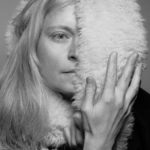
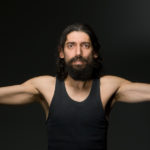
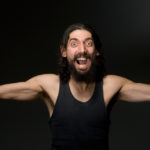
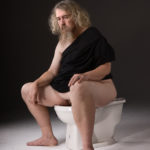

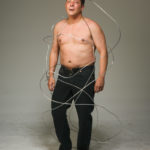
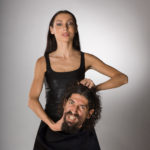
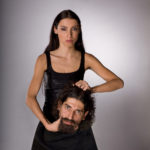
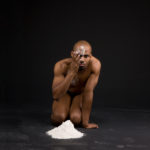
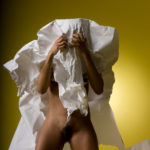
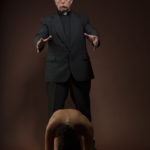



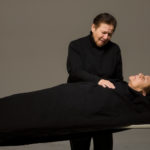

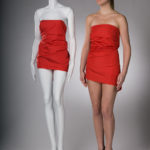
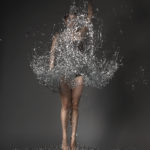

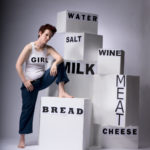
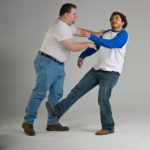
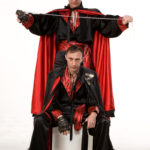
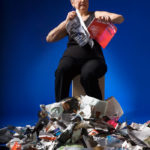
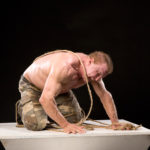


Hi Paul, WOW What an Into View! A visual feast. You have captured the essence of this mind-shocking, thought-provoking artist … Karen